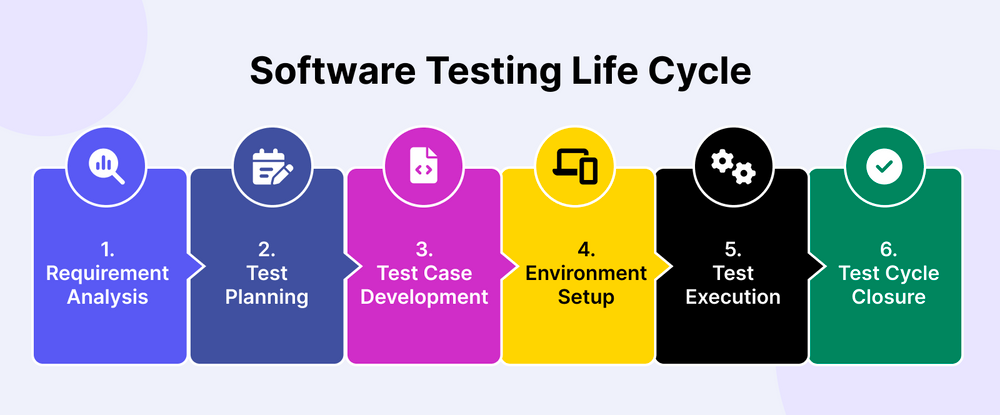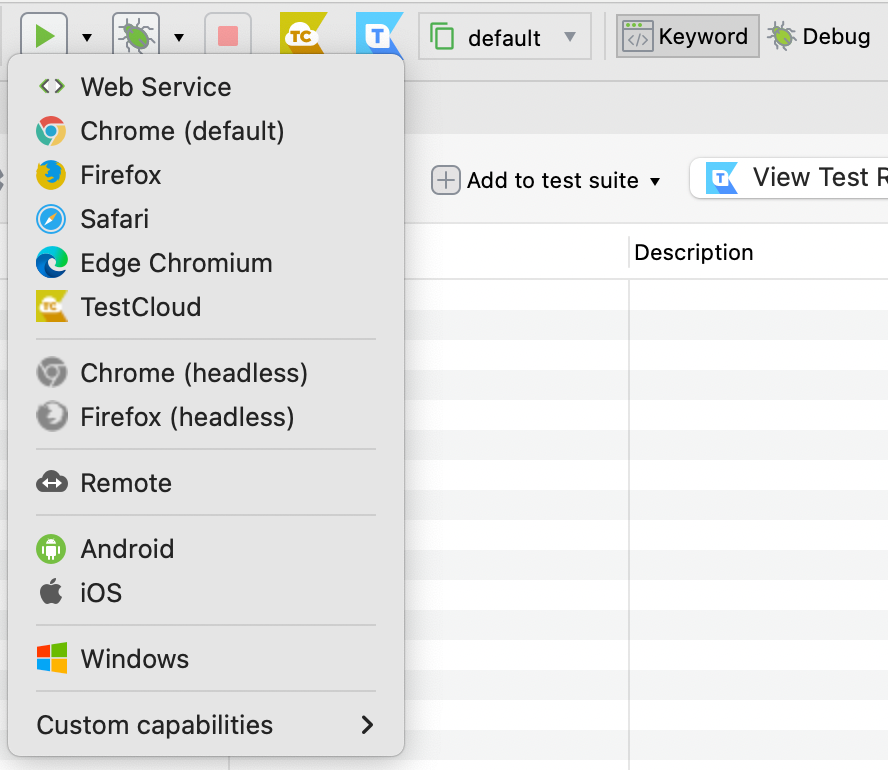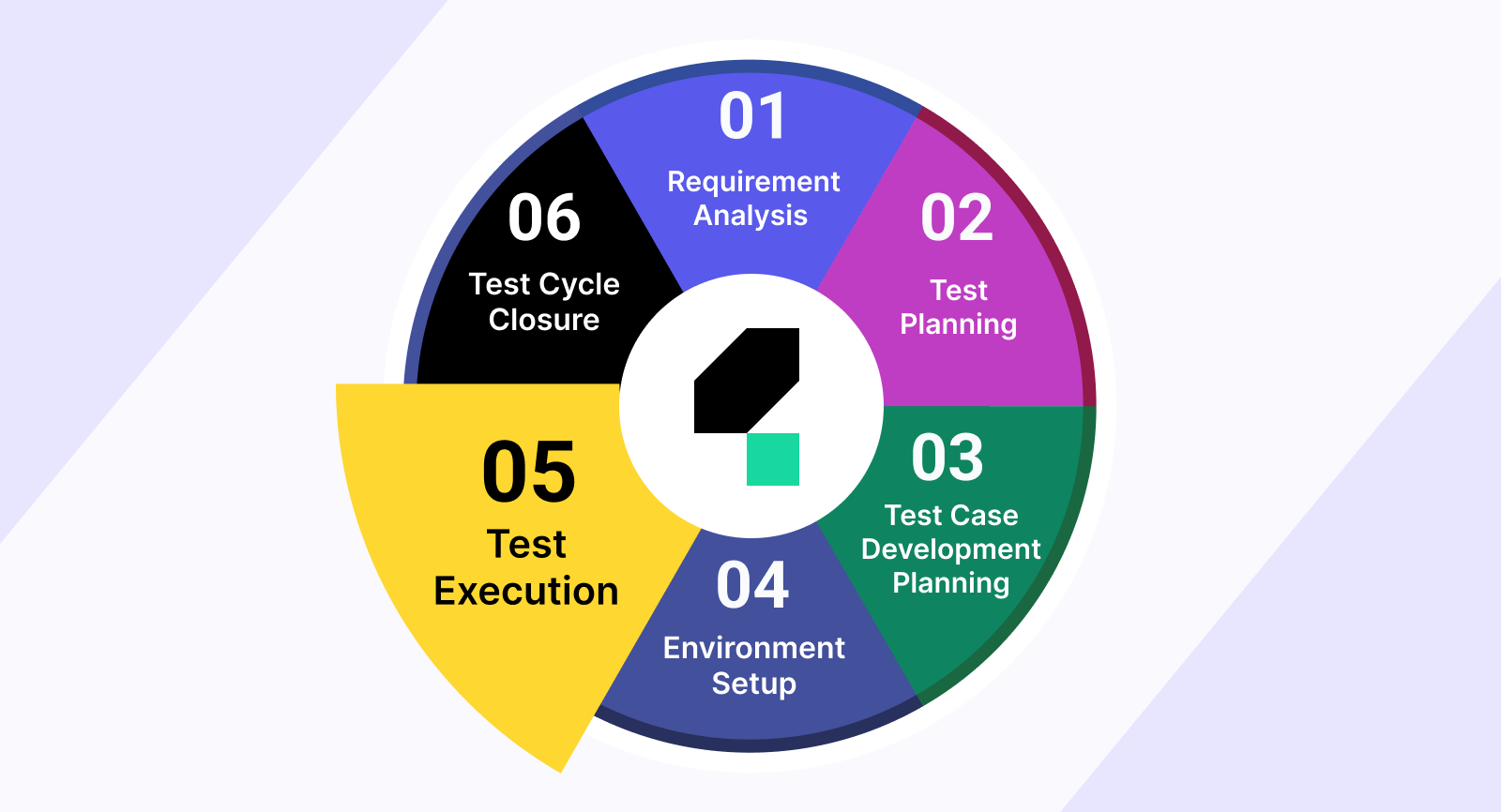QA Process: A Guide To Setup
Imagine constructing a house but skipping the inspection for half the foundation. Would you feel confident living in it? That’s exactly the gamble you take when your software lacks a thorough QA process.
In this article, we’ll dive deep into the QA process, its importance, and the steps and techniques that make it effective.
What is QA Process?
QA process is a systematic process to ensure that software meets defined standards of quality. It focuses on preventing defects in the development process by implementing and refining workflows, practices, and testing strategies.
QA vs. QC: What Are The Differences?
QA ensures processes lead to quality, while QC verifies the product meets quality standards. Both are essential for delivering reliable software.
Here’s a simple comparison table for you:
|
Aspect |
Quality Assurance (QA) |
Quality Control (QC) |
|
Definition |
A proactive process to prevent defects by refining workflows and ensuring compliance with standards. |
A reactive process focused on identifying and fixing defects in the product. |
|
Objective |
Ensure quality throughout the development lifecycle. |
Verify that the final product meets quality expectations. |
|
Focus |
Processes, methodologies, and prevention. |
Product testing and defect detection. |
|
Timing |
Begins early in the development cycle. |
Conducted after development, during testing. |
|
Responsibility |
Owned by the entire team to build quality into the process. |
Primarily the testing team’s responsibility. |
|
Examples |
Developing test plans, defining standards, conducting audits. |
Executing tests, logging defects, retesting fixes. |
Why is a QA Process Important?
- Business Value: Fixing bugs post-production is costly and time-consuming compared to detecting them early during development. QA minimizes risks and reduces overall costs.
- Customer Satisfaction: QA ensures a seamless user experience, which boosts trust and enhances brand reputation by delivering reliable and functional software.
-
Compliance: QA helps meet industry standards and regulatory requirements, avoiding legal risks and ensuring the software adheres to necessary guidelines.
The Full QA Process
The QA process, at its core, is the software testing life cycle, which consists of 6 crucial steps:
- Requirement Analysis
- Test Planning
- Test Case Development
- Environment Setup
- Test Execution
- Test Cycle Closure
 1. Requirement Analysis
1. Requirement Analysis
In this phase, testers collaborate with stakeholders to gather and document requirements in a Requirement Traceability Matrix (RTM). This document forms the foundation for a robust testing strategy.
Key Roles Involved:
- Product Owner: Defines the business goals and problem to be solved.
- Developer: Creates the solution based on specifications.
- Tester: Validates the solution and identifies defects.
Clear communication is critical. Using approaches like Behavior-Driven Development (BDD) can simplify requirements and reduce ambiguities. Feasibility assessments also occur here; if constraints exist, they’re addressed through discussions with stakeholders to adjust expectations or find solutions.
2. Test Planning
Once requirements are clear, the Test Planning phase begins to formalize the testing strategy.
Key Elements:
- Test Objectives: Define focus areas like functionality, performance, and security.
- Scope: Identify in-scope and out-of-scope features.
- Resources: Estimate tools, team, and budget needs.
- Timeline: Set milestones aligned with the development schedule.
- Test Approach: Choose techniques (e.g., black-box, white-box) and types (e.g., regression, smoke).
A contingency plan is essential to handle unexpected challenges.
Read more: How to write a test strategy document?
3. Test Case Development
Testers create detailed test cases based on requirements and plans.
Example Test Case:
|
Field |
Details |
|
Test Case ID |
TC001 |
|
Description |
Verify login with valid credentials |
|
Preconditions |
User is on the login page |
|
Test Steps |
1. Enter email; 2. Enter password; 3. Click Sign In |
|
Expected Result |
User logs in successfully |
Effective test cases are clear, actionable, and focused on expected outcomes. Tools like Katalon Studio or Selenium simplify test case creation and tracking.
4. Test Environment Setup
The test environment simulates real-world conditions for accurate testing.
Example Setup for Mobile Testing:
- Development Tools: Android Studio, Xcode.
- Physical Devices: Various iOS/Android models.
- Automation Tools: Appium, Katalon Studio.
- Simulators/Emulators: Virtual devices for quick configuration testing.
Ensuring the environment closely mirrors user scenarios is crucial for reliable results.
For example, these are the test environments you can use to run your tests with in Katalon Studio:

5. Test Execution

There are 2 approaches to test executions:
-
Manual Testing: testers execute test cases manually without using automation tools. It's best for exploratory testing, usability testing, or scenarios where human intuition is crucial.
- Advantages: Flexible and allows real-time adjustments.
- Challenges: Time-consuming and prone to human error.
-
Automated Testing: test cases are executed using automation tools/automation scripts. These tools/scripts command the system to perform the action on behalf of the human testers. It's Ideal for regression testing, performance testing, and repetitive tasks.
- Advantages: Faster execution, consistent results, and supports large-scale testing.
- Challenges: High initial setup cost and maintenance effort for test scripts.
Both approaches are often combined in a hybrid strategy to maximize efficiency and coverage.
A test case has 5 different statuses as it goes through execution:
- Untested: Not executed yet.
- Blocked: Dependencies prevent execution.
- Failed: Actual result differs from expected.
- Passed: Expected outcome achieved.
- Skipped: Irrelevant to the current cycle.
Read more: Best practices for test execution
6. Test Cycle Closure
After all test cases have been executed, the focus shifts to analyzing the outcomes and creating the Test Report.
The report provides a summary of key findings, including:
- Execution Environment: Information on operating systems, devices, and browsers used during testing.
- Test Log: A detailed timeline of test executions and their outcomes.
- Test Results: Visual data such as pass/fail ratios, performance metrics, and execution times.
- Comparative Analysis: Insights comparing results across software versions to highlight improvements or regressions.
- Recommendations: Practical suggestions for debugging and enhancing future development.
Common Problems in a QA Process
1. Lack of Clear QA Processes and Documentation
Problem: Many teams do not have well-defined QA processes. This leads to inconsistencies, missed defects, and inefficient testing.
Solution:
- Establish and document clear QA guidelines.
- Use standard QA frameworks like ISO 9001, CMMI, or ISTQB best practices.
- Implement a centralized documentation system (e.g., Confluence, TestRail) to ensure all team members have access to updated processes.
2. Insufficient Test Coverage
Problem: QA teams often fail to test all critical functionalities, leading to undetected defects that surface post-release.
Solution:
- Use risk-based testing to prioritize high-impact areas.
- Implement automated testing to increase test coverage efficiently.
- Continuously update test cases to cover new features and edge cases.
- Utilize code coverage tools (e.g., SonarQube, JaCoCo) to measure test effectiveness.
3. Poor Communication Between Teams
Problem: Misalignment between QA, developers, and product managers can cause misunderstandings, leading to defects slipping through.
Solution:
- Foster a culture of collaboration using Agile and DevOps practices.
- Utilize communication tools like Slack, Jira, or Microsoft Teams for better coordination.
- Conduct regular stand-up meetings, sprint retrospectives, and cross-functional reviews.
- Encourage early involvement of QA in development cycles (Shift-Left Testing).
4. Lack of Test Automation or Over-Reliance on Manual Testing
Problem: Manually testing every feature is time-consuming, error-prone, and slows down releases. On the other hand, relying too much on automation can miss UX/UI issues.
Solution:
- Strike a balance between manual and automated testing based on project needs.
- Automate repetitive and regression tests using tools like Selenium, Cypress, or Playwright.
- Ensure exploratory and usability testing remains manual for better UX evaluation.
- Continuously update and maintain automated test scripts to prevent false positives/negatives.
5. Unstable Test Environments and Data Issues
Problem: Testing in unreliable or inconsistent environments can lead to false failures, making it difficult to identify actual defects.
Solution:
- Use containerization (Docker, Kubernetes) to create stable test environments.
- Maintain separate testing, staging, and production environments.
- Implement test data management strategies (synthetic data, data masking, or database snapshots).
- Regularly monitor and update test environments to prevent inconsistencies.
Best Practices For Setting Up a QA Process
- Start with the Right Questions – Identify the core problems you’re solving. What are the biggest pain points? Lack of automation, unstable releases, inefficient bug tracking? Tailor your QA process to real needs, not just for the sake of having one.
- Build Iteratively, Not Perfectly – A successful QA process doesn’t happen overnight. Start small, implement essential testing, and refine based on feedback. Avoid overcomplicating early stages.
- Ensure Dedicated Testing Environments – Have a separate, stable test environment managed by QA to avoid dependency delays and data conflicts with development.
- Align QA with Development Workflow – Whether Agile or Waterfall, define when test cases should be written and executed (during commits, merges, deployments, etc.). Ensure test cycles match release timelines.
- Define Ownership and Review Mechanisms – Assign responsibility for writing test cases and creating test plans. Establish a peer-review system before execution to ensure accuracy and coverage.
- Integrate Requirement Analysis into QA – Ensure testers are involved in requirement gathering and product design meetings. Map every requirement to a test case for complete coverage.
Must-have Tools in Your QA Process
- Katalon: A comprehensive test automation tool that supports web, API, and mobile. It offers built-in test recording, scripting, and reporting, making automation accessible for both beginners and experienced testers. Katalon integrates with CI/CD pipelines and popular test management tools.
- Zephyr (for Jira): A test case management tool that seamlessly integrates with Jira, enabling teams to create, execute, and track test cases within their existing development workflow. It helps streamline manual and automated testing while providing clear visibility into test execution progress.
- Jam (Browser Extension): A lightweight tool for capturing screenshots, recording screen activity, and logging network/console errors directly from the browser. It allows testers to instantly create and attach bug reports to Jira, reducing the time spent on documentation and improving collaboration with developers.


